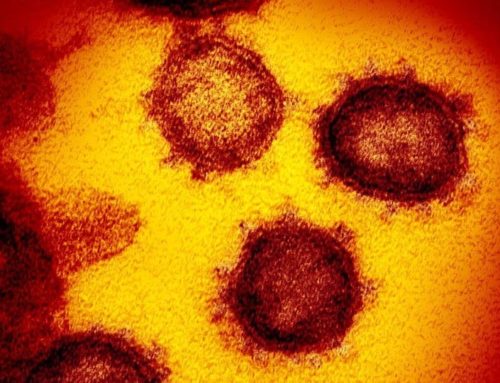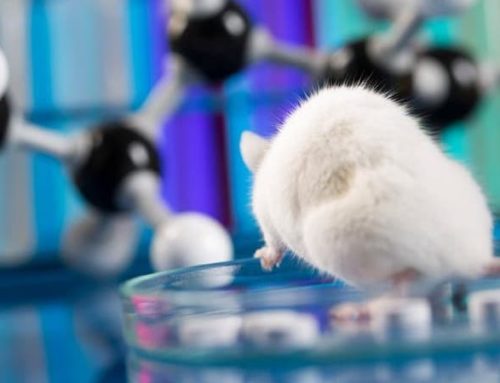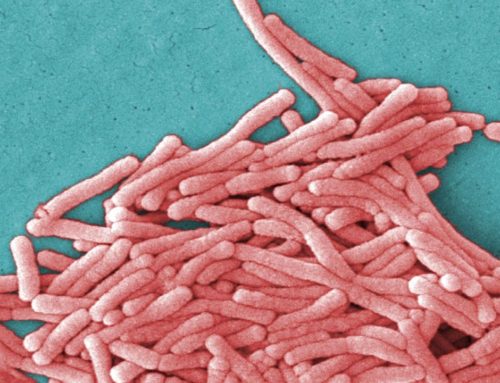The genus Pseudomonas contains more than 140 species of bacteria, of which Pseudomonas aeruginosa has received the most attention, as this species is the most common cause of infections in humans. In addition to air conditioners, bacteria that settle in the humid environment of drains, toilet cisterns, hand basins and faucets rarely cause disease in people with healthy immune system, but in the case of weakened immune systems these infections show a high mortality rate. Pseudomonas is resistant to traditional disinfectants, so it is important to choose a more effective solution than these. Such is the Nanosept product family, which due to the effect of stabilized silver colloid and hydrogen peroxide is able to destroy pathogens hidden in biofilms.
In what cases does Pseudomonas cause disease?
In contrast to Legionella Pneumophila bacteria, which can only cause disease if inhaled with aerosol particles, pseudomonas aeruginosa can also infect with the help of items that carry the bacterium and by consuming water or food that contains the bacterium. The spread of Pseudomonas bacteria is most effectively controlled by regular cleaning and disinfection of medical devices.
What are the consequences of Pseudomonas infection?
The bacterium can infect almost all tissue types. The two most common diseases caused by the pathogen are ear canal inflammation and a special hair follicle inflammation known as ‘hot bath folliculitis’. In the case of auditory canal inflammation, there is pain and ear discharge, which in extreme cases can also cause serious nerve damage, and hair follicle inflammation is characterized by itchy redness consisting of small pimples. Weaker immune defences can lead to even more severe lung infections, which can only be treated with a combination of antibiotics. Urinary tract infections may also occur if the pathogen has settled on hospital-administered catheters or lavage solutions. In the presence of cancer or cystic fibrosis, bacterial infection is a much higher-than-average risk.
How is Pseudomonas infection recognized?
The diagnosis of Pseudomonas can be made by laboratory methods: it can be cultured well on most media and then identified by its various characteristics. One such feature is that it can grow and reproduce up to 42 degrees Celsius.
Can Pseudomonas infections be prevented?
The most important is regular disinfection, especially in a hospital setting. It is also worth disinfecting the wet environment of air conditioners, drains, toilet cisterns, hand basins and faucets, not only in baths and educational institutions, but even in our own homes.
What is the most effective disinfection method for Pseudomonas?
Under environmental stress, the bacteria condense into a so-called biofilm, which help them survive the adverse environmental effects. Biofilm is resistant to traditional disinfectants, so it may be worth choosing a more effective solution. Nanosept products are a good solution as they are able to destroy pathogens hidden in biofilms as a consequence of the combined effect of stabilized silver colloid and hydrogen peroxide. The stabilized silver colloid adheres to already treated surfaces, thus inhibiting the formation of biofilm and providing more effective protection than conventional disinfectants.
Where a biofilm has already formed, it is a common phenomenon that the first cleaning / disinfection can only kill the biofilm and the microorganisms hiding in it, but the cells hiding under it are released. Disinfection should be repeated immediately as failure to disinfect will result in stronger chlorine resistance in the bacteria (for pool / jacuzzi disinfection).
It is practical experience that a disinfectant with a more combined composition and a different mechanism of action from the previously used chemical (such as chlorine) can be more effective against bacteria.



